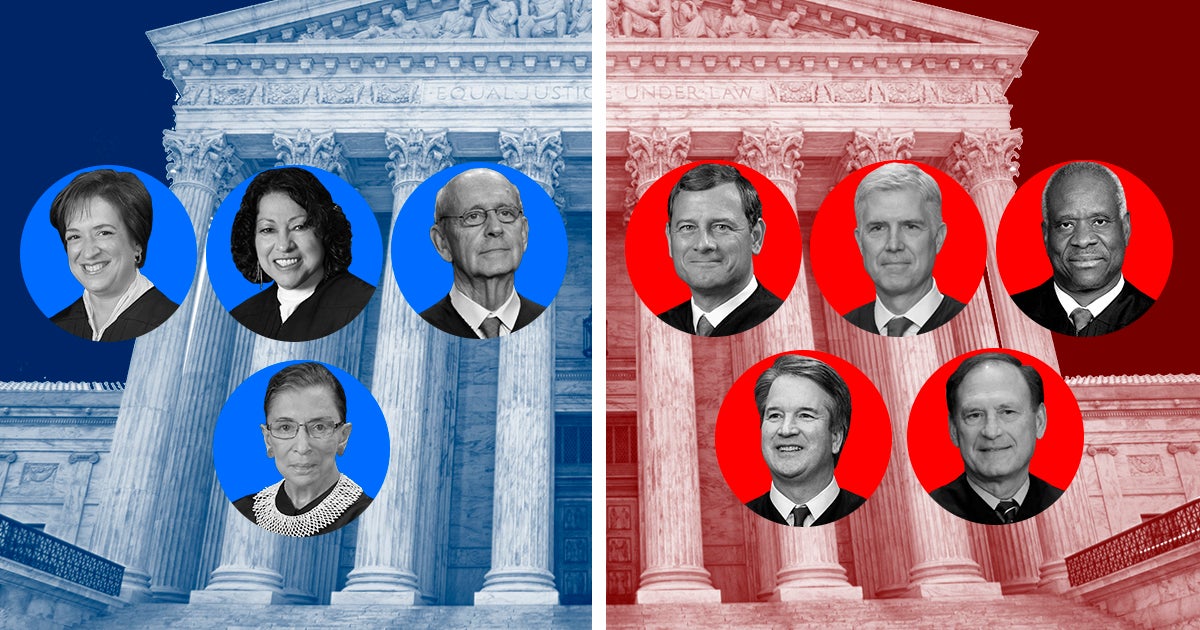
by Jorge Gomez • 6 min read
A few weeks ago, the Supreme Court concluded their most recent term (OT18).
As you know by now, this was a historic term for our first freedom, as the Justices had the opportunity to hear two critical cases on religious liberty. In both the Sweet Cakes by Melissa case as well as the Bladensburg Peace Cross case, the Court issued historic and precedent-setting rulings.
In this special SCOTUS edition, we’re going to take a deeper look at some important data and statistics* that summarize the Court’s activity during this term. Hopefully, this will give you a better understanding of what goes on inside the Court, and how the Justices reach their decisions.
Below are three key points to consider and analyze now that the High Court has brought their business to a close.
Of the total 72 merits rulings issued by the High Court during this term, 20 of them were 5-4 split decisions. That’s approximately 28% of all decisions that were decided by the narrowest margin, and it’s the highest number of 5-4 decisions we’ve seen in nearly seven years.
Additionally, the data shows that 80% of all 5-4 decisions were generally divided along ideological lines between the more conservative coalition of Justices (Roberts, Thomas, Alito, Gorsuch and Kavanaugh) and the more liberal leaning faction (Ginsburg, Breyer, Sotomayor and Kagan).
Along the same lines, we see a total of 56 dissenting opinions during the OT18 term, the highest number in the last five years. To refresh your memory, a dissenting opinion is when one, or more, of the Justices writes an opinion expressing disagreement with the majority of the Court.
Does this mean we have a Supreme Court that’s growing increasingly divided?
It’s possible. At the very least, the data gives us an indication that there are much more staunch ideological differences between the Justices now than in recent years.
At a broad level, the Justices voted unanimously in 28 cases this term, which translates to approximately 39% of the time. A unanimous ruling (9-0) occurs when all the Justices vote for the same judgment, whether to reverse or to affirm the decision from the lower court. This is a very broad definition of unanimity because it still allows a Justice to write a separate opinion or statement, but still vote in favor of the ruling with the other eight Justices.
When taking into account the last nine Supreme Court terms (since the 2010 term), 39% is the lowest level of unanimity that we’ve seen. According to SCOTUS Blog analyst, Adam Feldman, this figure is on the low end for a term since Roberts took over as Chief Justice in 2005. In fact, that’s nearly 30% lower than the highest percentage of unanimity for a term in 14 years, which was 66 percent in 2013.
When we narrow the definition of unanimity, we see that the Justices were in total agreement in 19 of the 72 cases, which equates to just 26% of the time. The total agreement standard means that all Justices join a single majority opinion in full, without any separate statements or concurrences.
The third important takeaway from this Supreme Court term is how the Justices handled cases from the lower courts, in particular cases that came from the federal circuits. On average, the Supreme Court reversed lower courts 65% of the time.
This term, 82% of the merits cases came from the U.S. Courts of Appeals (59 cases), while 15% came from directly from state courts (such as the Oregon Court of Appeals’ decision in the Sweet Cakes by Melissa case).
Of the Circuit Courts cases heard by the Supreme Court, 14 came from the liberal stronghold of the Ninth Circuit. Take note, the Supreme Court reversed 86% of the cases that came from that Circuit, the highest reversal percentage of any circuit or even district court.
In fact, Justices Gorsuch and Kavanaugh both voted to vacate and remove 12 of the 14 cases that came from the Ninth Circuit. Similarly, the Second Circuit, which also contains a majority of liberal judges, had 80% of their cases reversed by the Supreme Court.
Interestingly, the Supreme Court also reversed 82% of state court rulings, the second-highest percentage of reversals following the Ninth Circuit.
With the high number of reversals coming from many of the circuit and state courts, we see the importance of having judges throughout our nation who are committed to ruling on cases according to the original text and intent of the Constitution. The Supreme Court may be the last stand for cases, but many never reach the nation’s highest court and the final decision is often reached at the circuit, district or state level.
That’s why today, we must continue to urge the U.S. Senate to confirm the President’s judicial nominees at all levels of the judiciary.
Join First Liberty’s efforts to get more conservative judges confirmed who will protect religious freedom as written in the Constitution.
* Data and statistics courtesy of SCOTUS Blog.